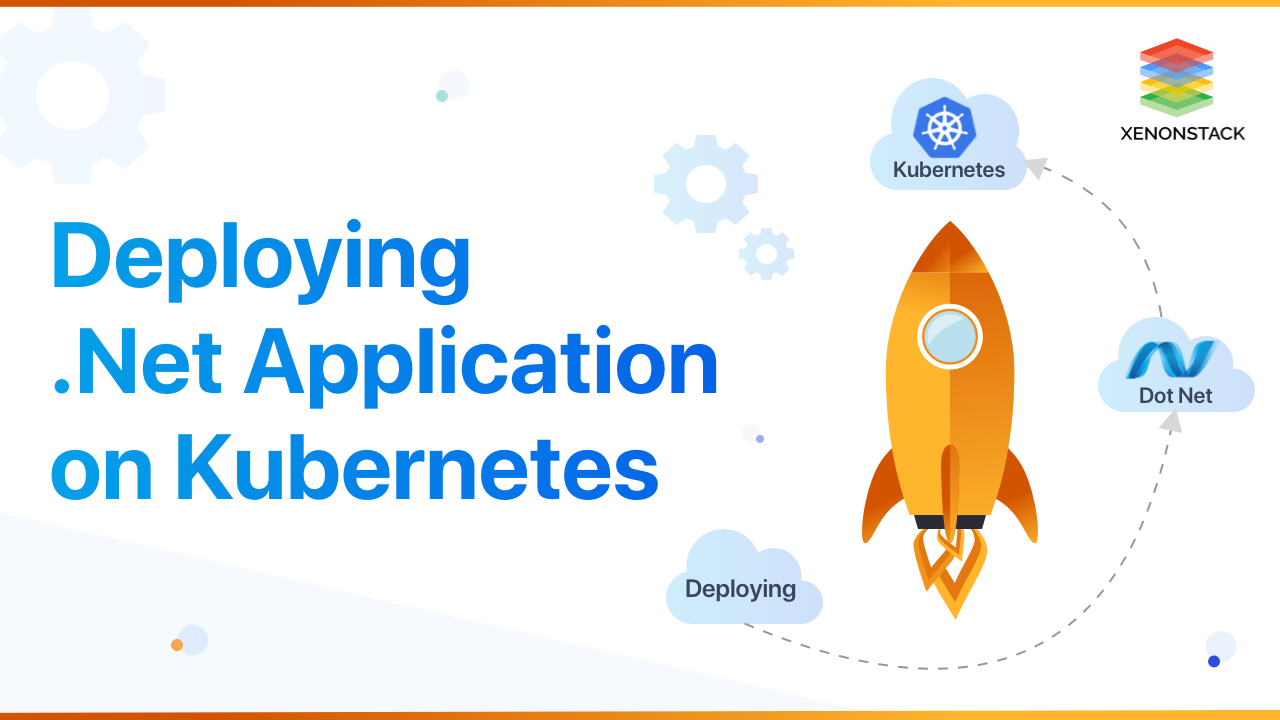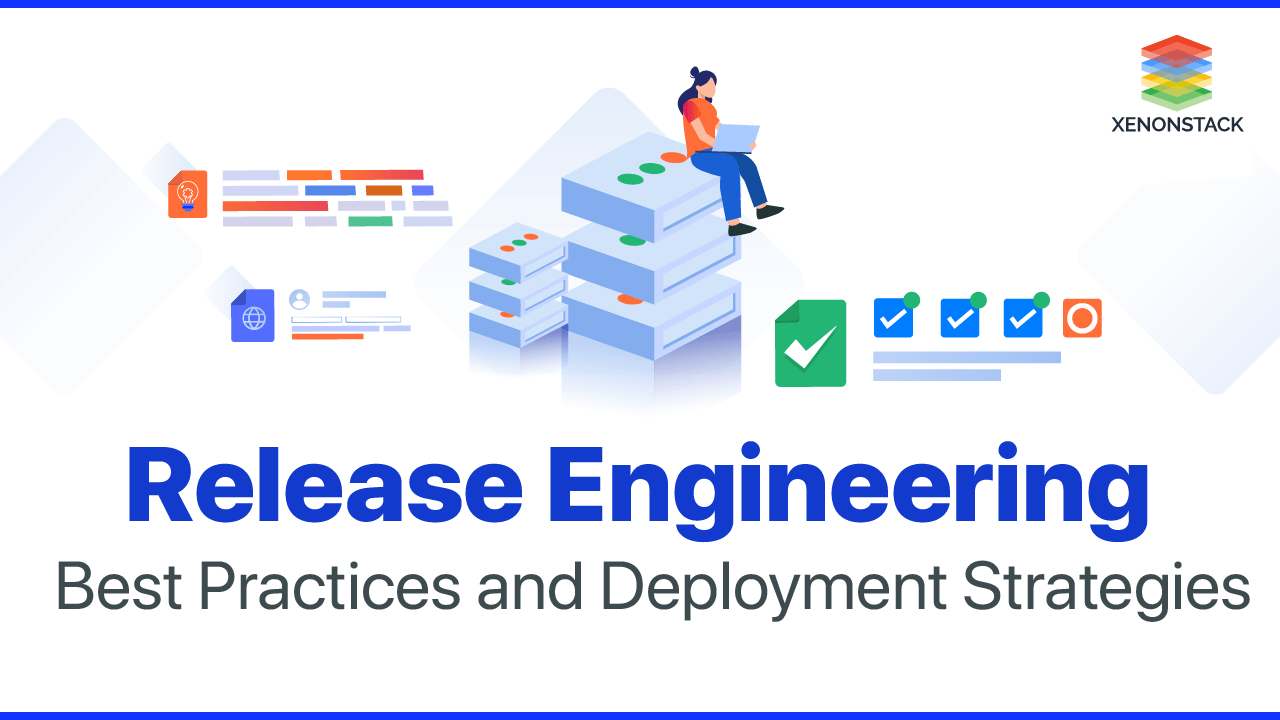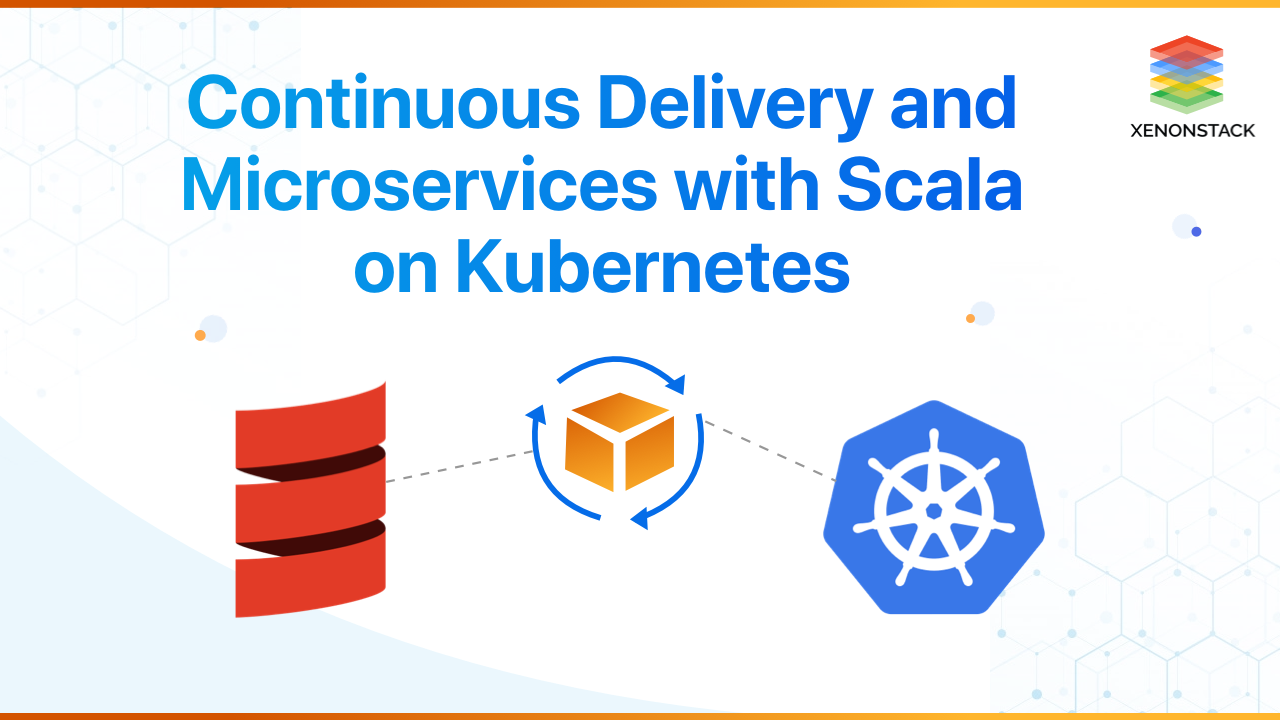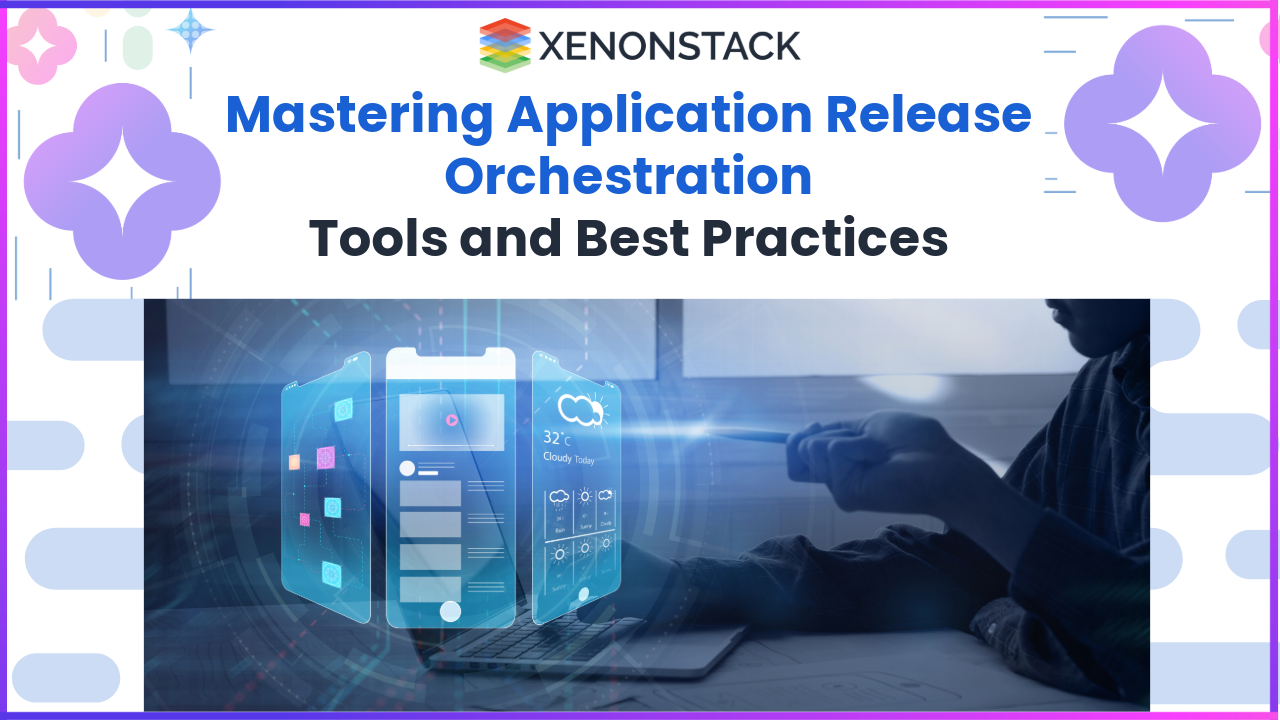
Overview of .NET Application
In this post, We’ll share the process of how you can Develop and Deploy .NET applications using Docker and Kubernetes and Adopt DevOps in existing .NET Applications. Continuous delivery is a branch of continuous integration. It concentrates on automating the software delivery process so that teams can quickly and confidently deploy their code to production at any point.Automate the software development process, with Continuous Integration and by facilitating technical aspects of continuous delivery. Source: Build and Deploy Continuous Delivery Pipeline
How to implement Continuous Delivery?
To follow this guide, you need- Kubernetes - Kubernetes is an open-source platform that automates container operations, and Minikube is best for testing Kubernetes.
- Kubectl - Kubectl is a command-line interface to manage the Kubernetes cluster either remotely or locally.
- Shared Persistent Storage - Shared Persistent Storage is permanent storage that we can attach to the Kubernetes container so that we don`t lose our data even container died. We will be using GlusterFS as a persistent data store for Kubernetes container applications.
- .NET Application Source Code - Application Source Code is the source code that we want to run inside a kubernetes container.
- Dockerfile - Dockerfile contains a bunch of commands to build a .NET application.
- Container-Registry - The Container Registry is an online image store for container images.
- Private Docker Hub
- AWS ECR
- Docker Store
- Google Container Registry
How to Create a Dockerfile?
The below-mentioned code is a sample dockerfile for .NET applications. In which we are using Microsoft .NET 1.1 SDK for .NET Application.Building .NET Application Image
The below-mentioned command will build your application container image.Publishing Container Image
We publish our .NET application container images to any container registry like Docker Hub, AWS ECR, Google Container Registry, Private Docker Registry. We are using Azure Container Registry for publishing Container Images. You also need to Sign Up on Azure Cloud Platform and then create a Container Registry using this link. Now Click The Link to Pull and Push to Azure Container Registry. Similarly, we can Push or Pull any container image to any of the below-mentioned Container Registry like Docker Hub, AWS ECR, Private Docker Registry, Google Container Registry, etc.Adopting Cloud Computing features and Capabiblites for building and Deploying the Microservices applications. Source: Cloud Native Application Development Services
How to Create Deployment Files for Kubernetes?
Deploying application on kubernetes with ease using deployment and service files either in JSON or YAML format.- Deployment File
- Service File
How to run .NET Application on Kubernetes?
.NET Application Container can be deployed either by kubernetes Dashboard or Kubectl (Command line). I`m explaining the command line that you can use in the production Kubernetes cluster. Now we have successfully deployed .NET Application on Kubernetes.Verification of Application deployment
We can verify application deployment either by using Kubectl or Kubernetes Dashboard. The below-mentioned command will show you running pods of your application with status running/terminated/stop/created. Result of the above commandTesting Application
Get the External Node Port using the below-mentioned command. External Node Port are in the range from 30000 to 65000. Launch a web browser and open any of the below-mentioned URLs.- http://<kubernetes master ip address >: <application service port number>
- http://<cluster ip address >: <application port number>
Troubleshooting the .NET Application
- Check Status of Pods.
- Check Logs of Pods/Containers.
- Cross Check the Service Port Status.
- Check the requirements/dependencies of the application.

With Xenonstack and Azure Kubernetes Services, deploy, scale and manage Docker containers and applications. Azure Kubernetes Solutions
Summary
At XenonStack, we have specialized professionals to help you start with Microservices Architecture, NoSQL and SQL Database, Docker & Kubernetes. Reach Us for Development, Deployment, and Consulting for MicroServices, Kubernetes, and Docker Technology Solutions. If You looking to Migrate or Adopt DevOps in your Existing .NET Application, We will help you migrate to DevOps and Cloud Computing. Also, we can help you to leverage the New .NET framework Core and MS SQL for Linux to adopt Microservices Architecture using Docker and Kubernetes.
- Learn more about Azure DevOps Services and Solutions.
- Discover more about React Project Structure and Folder Setups


